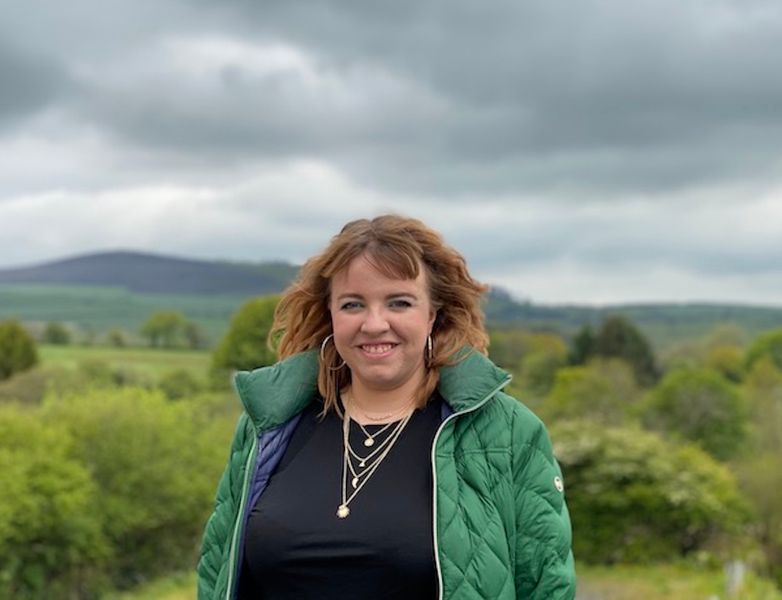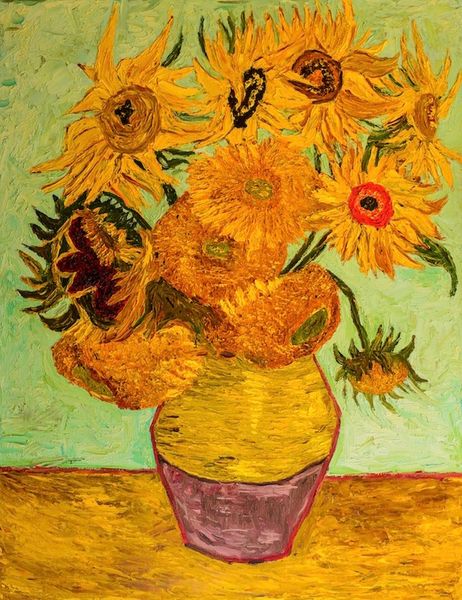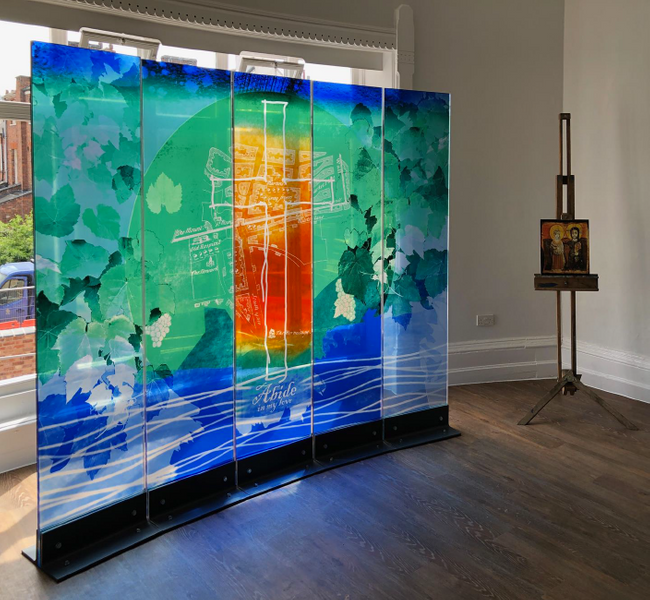When Deana reached out to CraftCourses eager to share an insight into her creative writing workshops, we were thrilled and could not wait to share the details with you. Here’s Deana to tell us more.

I’ve taught creative writing for several years now and one of the highlights of my work is seeing someone who told me they didn’t know how to start writing, announce at the end of a course that they don’t ever plan to stop. Once you’ve discovered how much fun it is creating stories and the people who inhabit them, I think you’ll feel the same.
But firstly, you’ll need those basic tools I mentioned. It doesn’t take long to get to grips with them but they are essential and I recommend that all beginners and anyone wanting a refresher course in writing, start with these.

Character building is all about creating someone that readers are interested in. They don’t have to like your characters, though that helps, but they do have to be invested in them in some way. They can identify with them, care about them, be amused by them, or, and this can be really fun and cathartic, be so horrified or appalled by them, that they can’t not find out what happens to them during the course of your story. In essence, your characters keep your reader turning the pages.
A plot or narrative arc is the journey your character goes on – the things that happen to them and the things they set in motion. This is where you can let your imagination run wild. What would it actually feel like to rob a bank in order to keep your mum out of prison? What would happen if your character went to live on an island for six months and told no one where they were going? What would happen if your character fell in love with their best friend? Or ran away to join the circus even though everyone has told her that no one actually does that anymore?
I love teaching about setting. Everything happens somewhere and there are so many layers you can add to a piece of work by the description of where it takes place. A proposal in a car that is stuck in a traffic jam is an entirely different story to one where the proposal takes place under a picture-perfect waterfall on a holiday of a lifetime. Similarly, a woman struggling to conquer feelings of loneliness in a busy office is a different story to one where the woman works from home with just a hamster for company.


Lastly, there’s descriptive language – the words you use that make your piece unique. What kind of language are you using? How do your narrator or characters describe things? How would they convey their sadness or elation when they leave home or get divorced? Do they use similes or metaphors, colourful language or humour? Does the language you use make your reader form an instant connection with you as a writer?

Of course, you can always tell your own story. Or bits of your own story. A creative writing course will enhance your diary or journal writing. It will also help with writing your autobiography or memoirs. All of which rely on characters, narrative arcs, setting, et cetera. You might decide to make yourself the protagonist of a fictional tale. This can be enormously freeing and stimulating: What if I actually moved to Rome? What would I do if I witnessed a crime? How would someone like me react to losing their job or creating their own museum?
Being creative has long been considered beneficial for mental health. Casting yourself as the protagonist and allowing yourself time to explore different choices and life paths is helpful. Writing a novel is a mammoth task but committing to it, even if just for twenty minutes a day, offers you a daily break from your own thoughts as you play with your characters’ thoughts instead. In addition, writing gives you an opportunity to rewrite the things that have happened to you. This time, in your story, you get to decide what happens next and how you react.

Writing stories allows you to rewrite certain events, to make things better, if you like. I’ve used this in my own writing, giving someone whose life was cut short a better, longer story, or allowing someone who was weighed down by problems to soar, carefree. It doesn’t change what happened but it is comforting and, for me, therapeutic.
One other wonderful aspect of writing is that you can write the books you need or want to read. At a low point, and unable to find a self-help book that resonated with me, I decided to write my own guide to happiness: ‘Happy as Harry’ which was published in 2017. It helped to write it and it helps now when I read it. Hopefully it helped other people, too.

I could wax lyrical about writing ad infinitum but I’ll limit myself to one last thing: Whether you’re lucky enough to have that much envied room of your own and time a plenty, or you’re someone who puts on noise cancellation headphones and scribbles for five minutes before emptying the dishwasher, little by little your story will unfold. You will get to ‘The End.’ And you will have created a unique and brilliant story that no one but you could ever have written.

Are you inspired to write your story?
Everyone in the CraftCourses team feel inspired to start on their creative writing journey after talking with Deana, we're already planning our next story and developing wicked characters and shocking plot twists. If you have a story burning inside you and would like Deana's help via a live-online workshop find out more here.>



